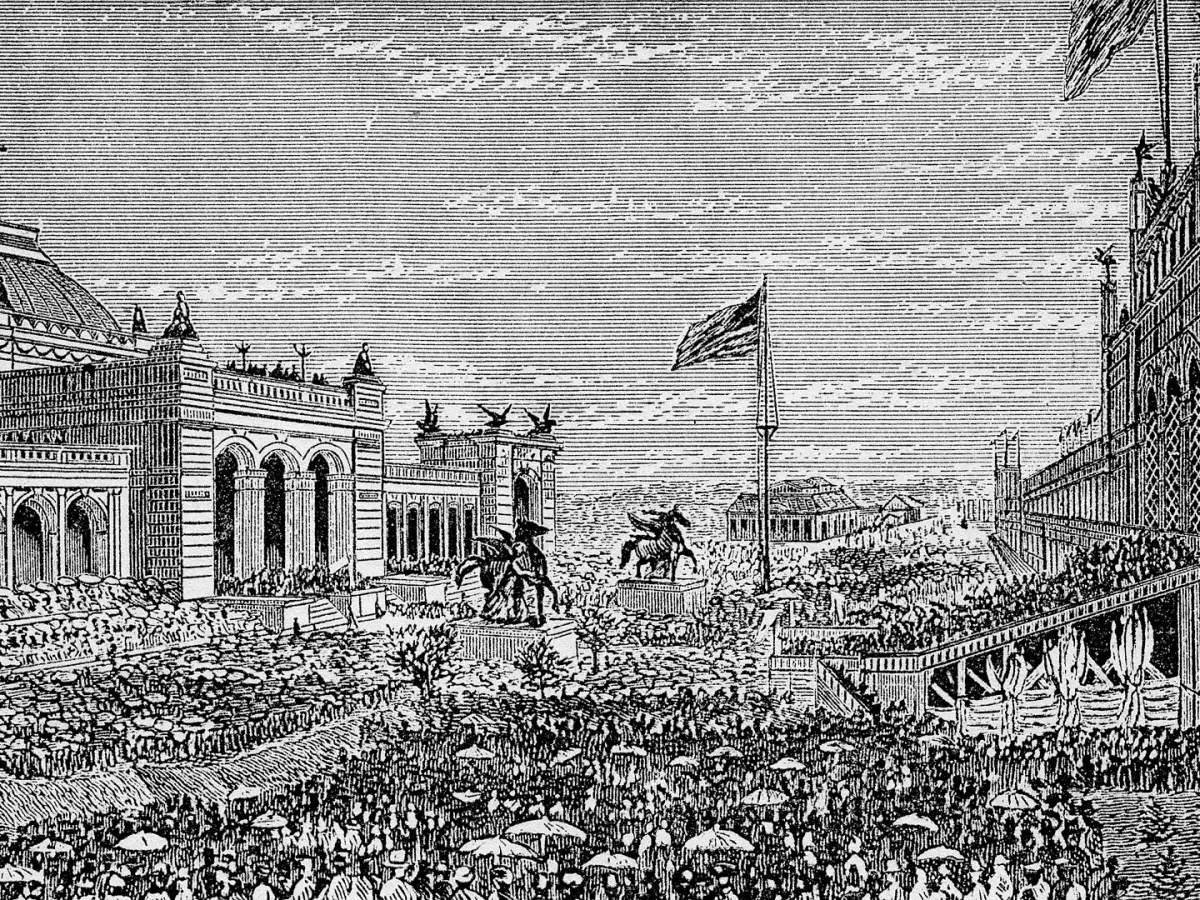
The period between the 1950s and 1960s was marked by global social and cultural transformations. Post-World War II reconstruction efforts, rapid industrialization, and technological advancements created a fertile ground for innovative design. The Milan Triennial XII emerged as a beacon for this creativity, reflecting contemporary concerns and aspirations related to living spaces and educational environments.
The Palazzo dell’Arte: A Hub of Creativity
The Palazzo dell’Arte, an architectural marvel, was the perfect backdrop for the Triennial. Designed by Giovanni Muzio and inaugurated in 1933, this venue had been the epicentre of various significant exhibitions, promoting dialogue between art, design, and architecture. The 1960 Triennial leveraged this legacy, inviting designers and architects to reimagine the concepts of school and home.
Notable Winners and Contributions
Birger Kaipiainen and Antti Nurmesniemi: Grand Prix Laureates
Birger Kaipiainen and Antti Nurmesniemi were the Grand Prix winners of the Milan Triennial XII. Their contributions exemplified the innovative spirit of the time. Kaipiainen, renowned for his ceramic works, brought a whimsical yet sophisticated aesthetic to the exhibition. Nurmesniemi, a pivotal figure in Finnish design, presented designs seamlessly blending functionality with modernist aesthetics.
Other Distinguished Awardees
- Ilmari Tapiovaara: Awarded a gold medal, Tapiovaara’s designs epitomized the synthesis of modernist principles with practical usability. His furniture pieces, characterized by clean lines and ergonomic considerations, left a lasting impact on design philosophy.
- Bertel Gardberg: Garnered a silver medal for his contributions. Gardberg’s work in metalcraft demonstrated a profound understanding of materiality and form, pushing the boundaries of traditional craftsmanship.
Themes Explored: School and Home
Educational Environments: Rethinking the Classroom
The Triennial’s exploration of educational spaces was groundbreaking. It challenged conventional notions of classroom design, advocating for environments that foster creativity, collaboration, and holistic development. Concepts such as flexible seating arrangements, integration of natural light, and the use of vibrant colors were introduced, aiming to create stimulating learning atmospheres.
Domestic Spaces: The Evolution of Home Design
As envisioned by the Milan Triennial XII, the home was a space that balanced functionality with aesthetic appeal. Exhibits showcased modular furniture, multifunctional spaces, and innovative storage solutions. This approach reflected a shift towards more adaptable and efficient living environments, catering to the evolving needs of modern families.
Impact on Contemporary Design
Influence on Modern Design Principles
The Milan Triennial XII has had a lasting influence on contemporary design principles. The concepts introduced during the exhibition have permeated various aspects of modern architecture and interior design. The field’s foundational principles are now emphasising multifunctionality, user-centric design, and the harmonious integration of aesthetics and practicality.
Legacy of the Triennial
The legacy of the Milan Triennial XII continues to inspire designers and architects globally. It serves as a testament to the power of design in shaping human experiences and environments. The Triennial’s forward-thinking approach has paved the way for subsequent innovations, ensuring its place in the annals of design history.
Conclusion
The Milan Triennial XII was more than an exhibition; it celebrated human ingenuity and creativity. Addressing the themes of school and home underscored the importance of thoughtful design in everyday life. The contributions of designers like Birger Kaipiainen, Antti Nurmesniemi, Ilmari Tapiovaara, and Bertel Gardberg have left an indelible mark on the design world, continuing to inspire future generations.
Sources
Milan Triennial XII – Wikipedia. (2018, December 12). Milan Triennial XII – Wikipedia. Retrieved September 29, 2022, from https://en.wikipedia.org/wiki/Milan_Triennial_XII
More Design Exhibitions
More design articles
Discover more from Encyclopedia of Design
Subscribe to get the latest posts sent to your email.





